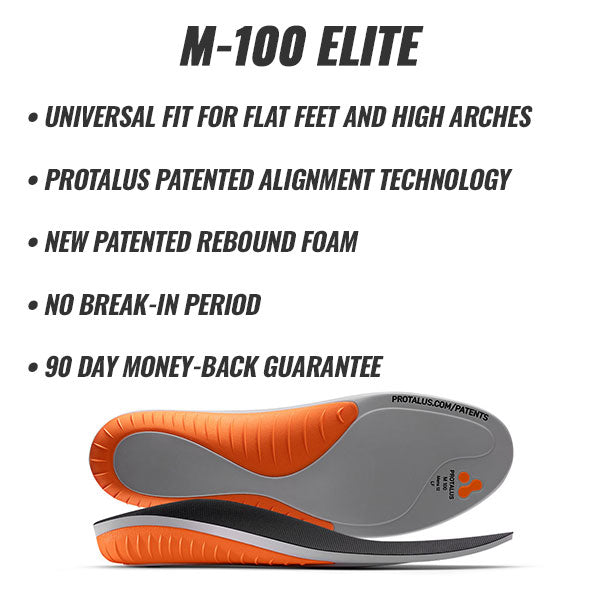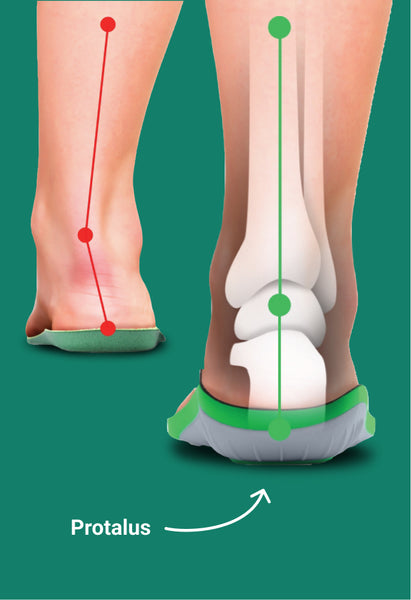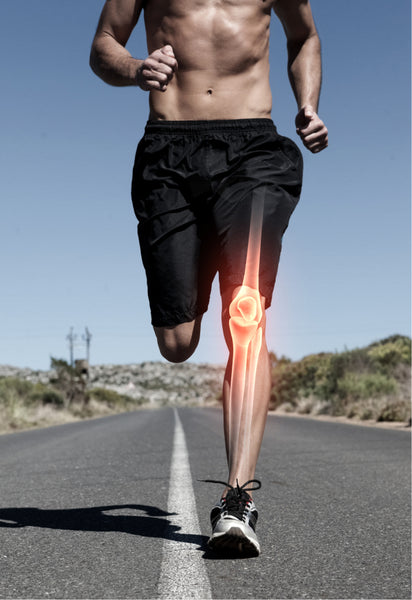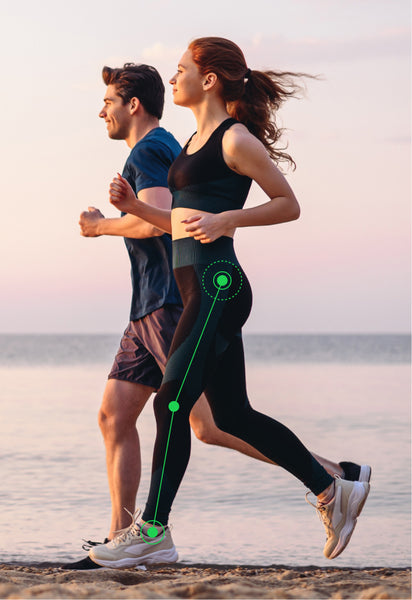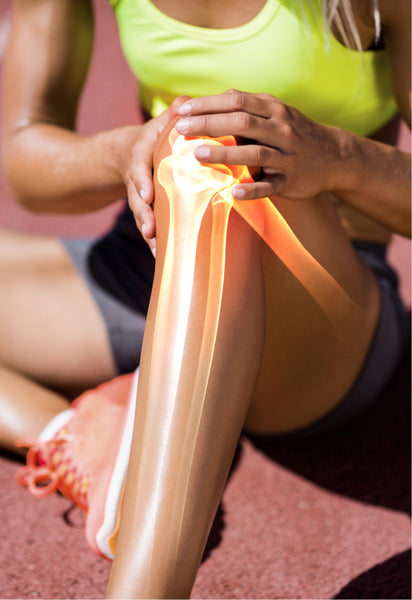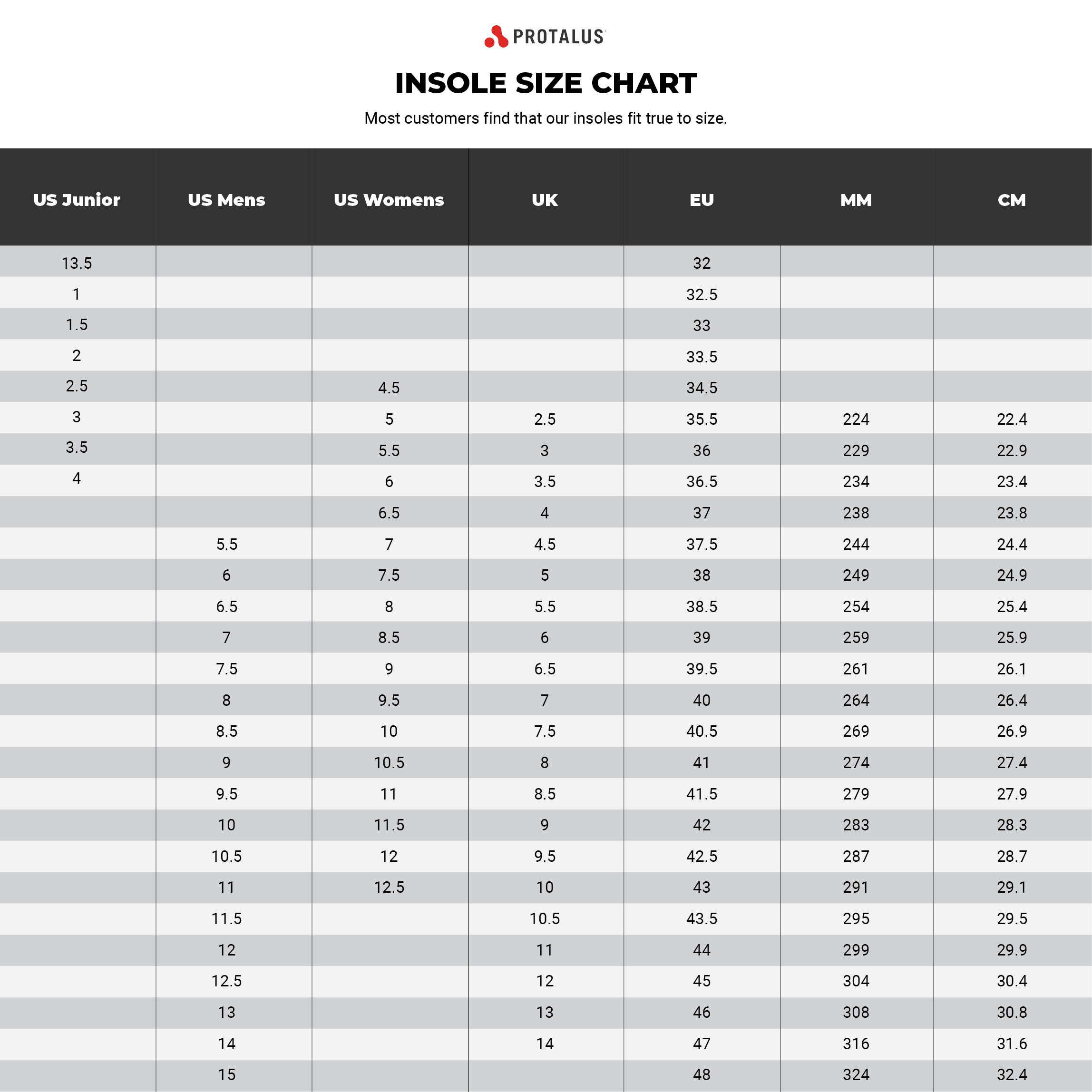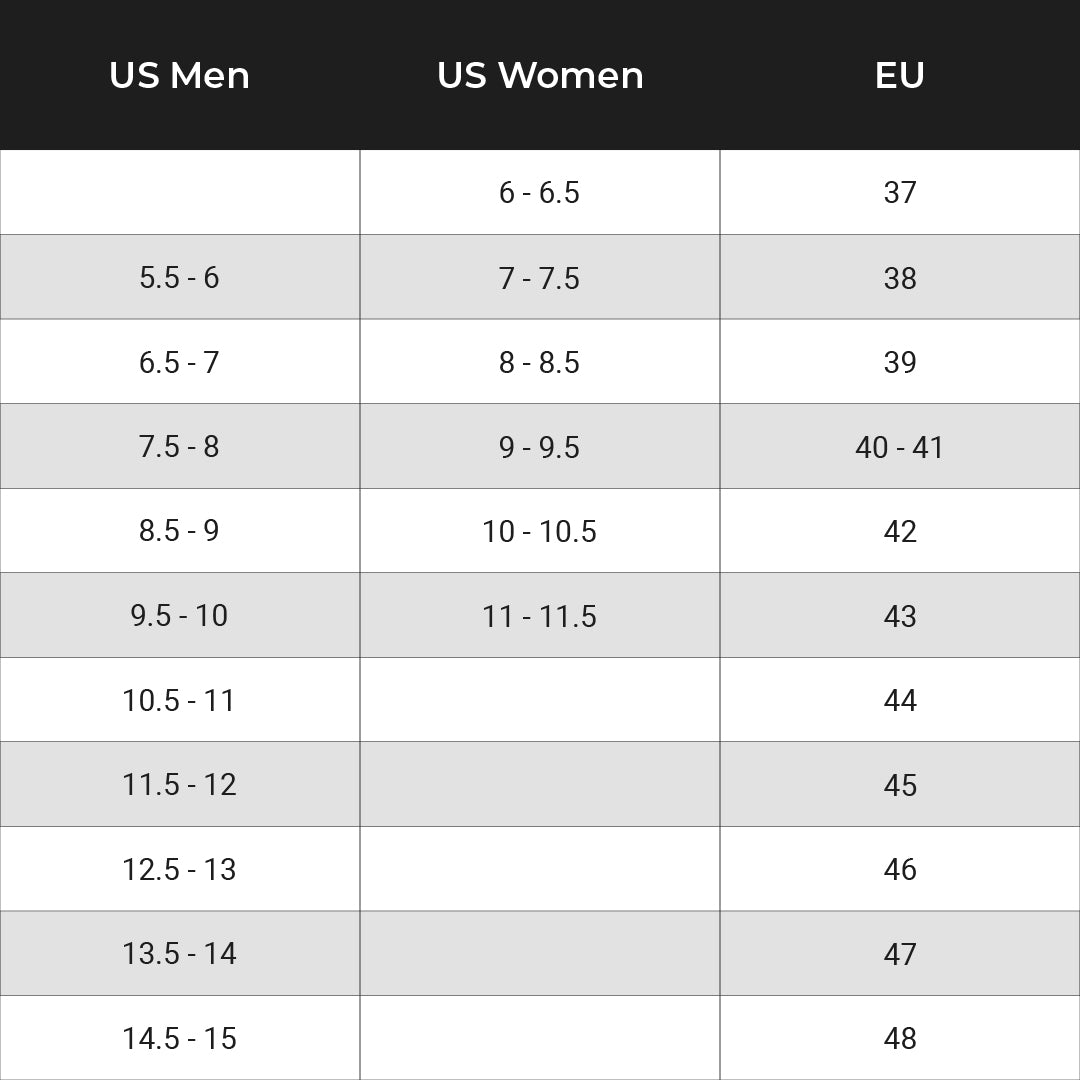Tibial Sesamoiditis
There are numerous reasons why foot pain can occur. Most tasks are done standing up and involve people being on their feet. Nearly one and a half times your body weight impacts the bottom of your feet every step. This can increase with more physical activities such as running or jumping. People spend nearly 57% of a workday on their feet, so foot pain can be common.
The two main impact points on the feet are the base of the big toe and the ball of the foot. Sesamoid bones are behind the big toe joint hidden under the bone. They are small pea-shaped structures that are embedded in the tendon and it’s name is derived from their small shape and similarity to sesame seeds. Sesamoids absorb the pressure from bearing weight, reduce friction caused from moving and protect the tendons from rubbing against the bones.

What is Sesamoiditis?
Again, sesamoids are bones that are connected to muscles by tendons as opposed to bones connected at joints. The kneecap is an example of a sesamoid, but sesamoiditis is commonly referred to the sesamoid in the foot.
Sesamoiditis is the inflammation of the sesamoids. Sesamoiditis is common in athletes, dancers and people who are active on their feet, as it usually stems from overworking or straining the tendons. Wearing poorly fitting shoes or high heels can expedite sesamoiditis pain because it causes the foot to move in improper ways, and if the shoe is too small it can cause the toes to bend. There will be pain under the ball of the foot with possible bruising and swelling. Straightening the big toe can also be hard.

Diagnosing and Treating Sesamoiditis
Sesamoiditis is diagnosed by seeing a doctor and getting a physical examination of the foot. The doctor will check for tenderness around the ball of the foot and the big toe. The doctor is looking for limitations in movement and checking for pain tolerance levels.
X-rays and ultrasounds may be used if the doctor suspects damage or fracture to the sesamoids. Sesamoids are typically smooth around the edges, so a jagged edge may be a sign of fracture.
Treatment
Orthotics with pads may help in certain cases as they can redistribute pressure away from the problem area. Anti-inflammatory medications, such as ibuprofen, can help reduce swelling and pain (take with doctor’s permission). Treatments can also include icing the foot and elevating the leg.
Always talk to a qualified doctor before performing exercise, but the following sesamoiditis exercises may be beneficial in treatment: Yoga ball rolling under the foot, foot strengthening exercises, calf stretching, and big toe curls. Though it might be painful now, sesamoiditis is treatable; the first step to relief is to get a proper diagnosis.
Recommended Posts
Saying Goodbye to Leg and Foot Pain: The Power of Insoles
by Scott Anderson • August 12, 2021Kick leg and foot pain to the curb with the proper shoe insoles! Discover relief now!
How Plantar Fasciitis Sufferers Find Comfort with Insoles
by Scott Anderson • August 12, 2021Say goodbye to leg & foot pain! Insoles like Protalus T-100 offer relief, support & comfort.
Flat Feet: What It Really Means for Your Feet and Body
by Scott Anderson • August 12, 2021Flat feet? Discover the challenges and relief with Protalus insoles! Say goodbye to pain, improve stability, and boost performance. Read more!







